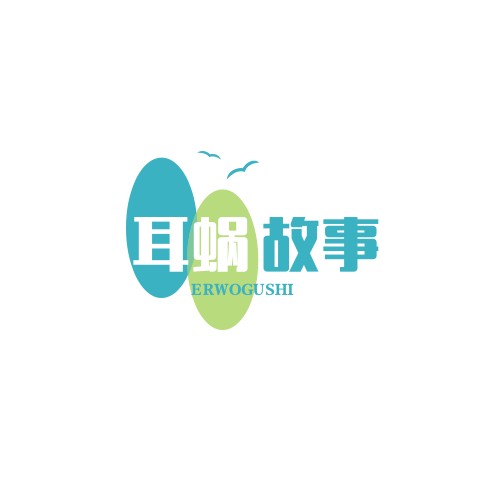The Story of Red Envelopes
In China, giving red envelopes filled with money is a traditional custom during the Spring Festival, also known as Chinese New Year. The custom dates back to ancient times and has a rich history.
According to legend, a beast called the Nian, which means “year” in Chinese, would come out to harm people and animals at the end of each year. To scare the Nian away, villagers would hang red lanterns, set off firecrackers, and wear red clothes. One year, a wise old man noticed that the Nian was afraid of the color red and loud noises. He came up with the idea of giving red envelopes to children, which contained lucky charms and money. The children would then distribute the red envelopes to the villagers, who would put them under their pillows before going to bed. The next morning, they found that the Nian had not returned, and the villagers were safe.
Since then, giving red envelopes has become an essential part of the Spring Festival. It is believed that the money in the red envelopes will bring good luck and fortune to the recipient. Red envelopes are usually given to children, but adults may also give them to each other as a gesture of friendship and respect.
The red envelopes are usually made of red paper, which symbolizes happiness and good fortune. The money inside can range from a few yuan to thousands of yuan, depending on the giver’s wealth and the relationship between the giver and the recipient.
During the Spring Festival, families and friends gather together to celebrate. Red envelopes are often exchanged during these gatherings, and the act of giving and receiving red envelopes brings joy and happiness to everyone involved.
In conclusion, the story of red envelopes is a fascinating tale that reflects the rich cultural heritage of China. It is a symbol of good luck, fortune, and the bonds of family and friendship.
